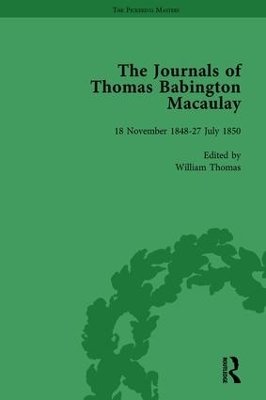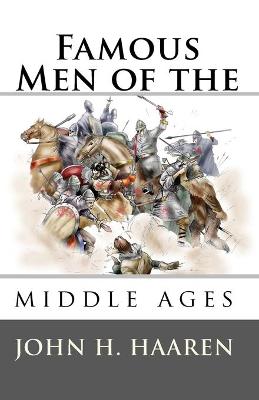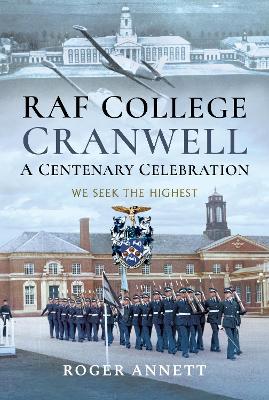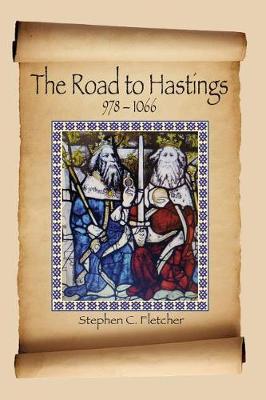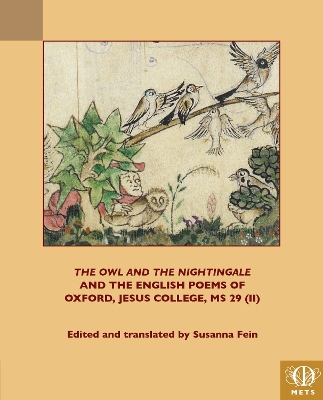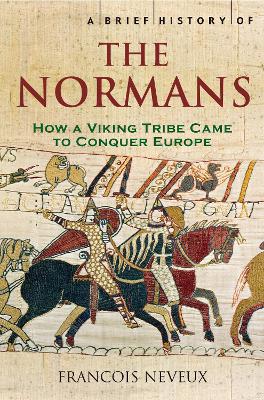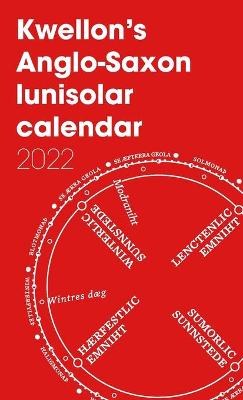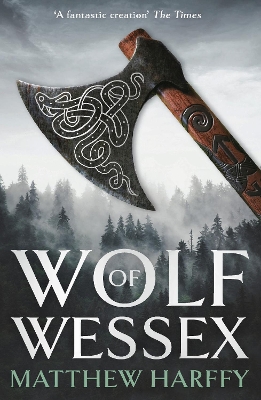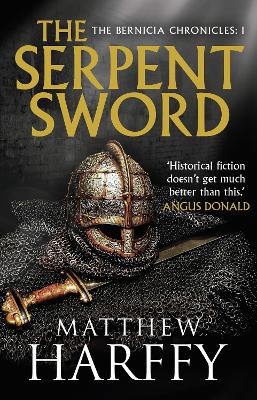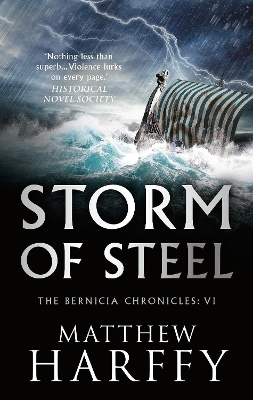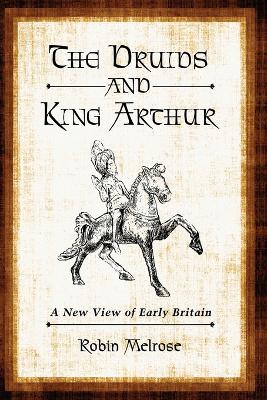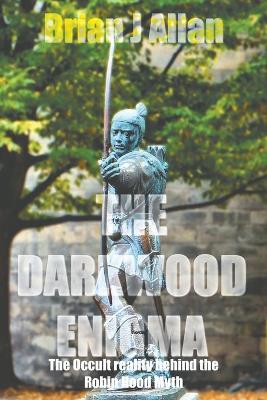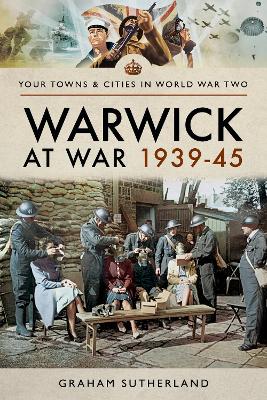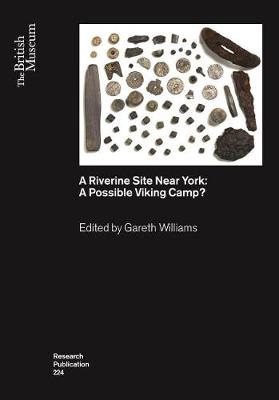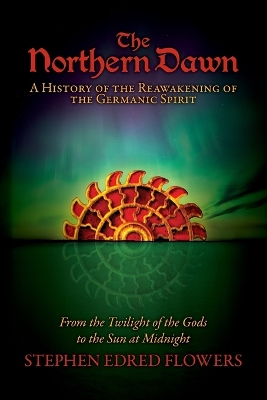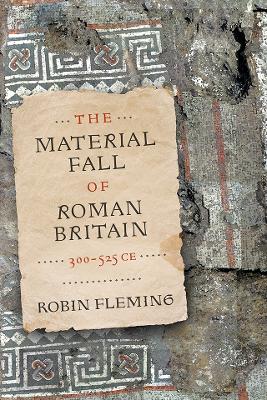Presents the candid diary of Thomas Macaulay, Victorian statesman, historian and author of "The History of England". This work shows how, spanning the period 1838 to 1859, the journal is the longest work from Macaulay's pen. It states that these unique manuscripts held at Trinity College, Cambridge, are most revealing of all his writings.
Famous Men of the Middle Ages (Famous Men, #3)
by John H Haaren and A B Poland
The study of history, like the study of a landscape, should begin with the most conspicuous features. Not until these have been fixed in memory will the lesser features fall into their appropriate places and assume their right proportions. The famous men of ancient and modern times are the mountain peaks of history. It is logical then that the study of history should begin with the biographies of these men.
We Seek the Highest has been the motto of the thousands of Officer Cadets who, over ten decades, have passed through the rigorous training regime at the Royal Air Force College, Cranwell, Lincolnshire. The words embody the College ethos: to strive to reach the tough standards demanded by the RAF, in the air and on the ground. This book tells the 100-year story from the point of view of the Officer Cadets themselves. The College was founded in 1919 - some eighteen months after the birth of the R...
The instant Sunday Times bestseller A Times, New Statesman and Spectator Book of the Year 'Simply the best popular history of the Middle Ages there is' Sunday Times 'A great achievement, pulling together many strands with aplomb' Peter Frankopan, Spectator, Books of the Year 'It's so delightful to encounter a skilled historian of such enormous energy who's never afraid of being entertaining' The Times, Books of the Year 'An amazing masterly gripping panorama' Simon Sebag Montefiore 'A bada...
An edition and accompanying translation of this late C13th anthology of early Middle English verse. In addition to the original text and Modern English translations, the edition contains a substantial scholarly introduction, notes and a substantial bibliography. Oxford, Jesus College, MS 29 (II), a thirteenth-century manuscript, contains the longest surviving English verse sequence from the period between the Exeter Book and the Harley Lyrics. The sequence is varied in subject, with poems of r...
Most historical accounts examine the Viking Age in one part rather than the whole region of the British Isles and Ireland. Very few pay attention to the continued contact between England and Scandinavia in the post-Norman Conquest period. This book aims to offer an alternative approach by presenting a history of the Viking Age which considers the whole area up to and beyond the Norman Conquest of 1066. The Vikings have been traditionally perceived as brutal barbarians who sailed to Britain and I...
The history of the Normans began a long time before 1066. Originating from the 'Norsemen' they were one of the most successful warrior tribes of the Dark Ages that came to dominate Europe from the Baltic Sea to the island of Sicily and the borders of Eastern Europe. Beginning as Viking raiders in the eighth century, the Normans not only changed the landscape of Europe but were changed by their new conquests. As a military force they became unstoppable. As Conquerors, they established their own k...
Architecture In Britain & Ireland 600-1500
by Lucy Archer and Edwin Smith
Everyone interested in architecture will find this book an indispensable companion to the discovery and appreciation of the astonishing number of Celtic, Saxon, Norman and medieval buildings and monuments which are still to be seen throughout Britain and Ireland. While providing a brief historical background to each period, it is mainly a comprehensive guide to the development and use of the wide range of surviving secular and ecclesiastical buildings, including church furnishings.
'Harffy’s Dunston is a fantastic creation – old, creaking and misanthropic. The forest is beautifully evoked. A treat of a book' The Times. AD 838. Deep in the forests of Wessex, Dunston's solitary existence is shattered when he stumbles on a mutilated corpse. Accused of the murder, Dunston must clear his name and keep the dead man's daughter alive in the face of savage pursuers desperate to prevent a terrible secret from being revealed. Rushing headlong through Wessex, Dunston will need to...
Art, Image, Power and Place
Early medieval stone sculptures survive across Europe: at waysides, in architectural settings and in churches and graveyards, and provide an exceptional source for understanding the aesthetics and beliefs of early medieval communities. England is no exception to this. Thousands of intact and fragmentary stone monuments survive from the seventh to eleventh centuries CE, evidencing the emergence of a rich Anglo-Saxon sculptural tradition in stone. These often elaborately carved monuments that were...
'HISTORICAL FICTION DOESN'T GET MUCH BETTER THAN THIS' ANGUS DONALD AD 633 Beobrand is a young man with a shadowy past. As an outsider in the kingdom of Bernicia, he is compelled to join his brother, Octa, as a warrior in the household of King Edwin. He must learn to fight with sword and shield to defend the war-ravaged kingdoms of Northumbria. In a period of great upheaval for Dark Age Britain, all he finds is death and war. Men and women strive to seize control of their destinies in a time...
AD 643. Anglo-Saxon Britain. A gripping, action-packed historical thriller and the sixth instalment in the Bernicia Chronicles. Heading south to lands he once considered his home, Beobrand is plunged into a dark world of piracy and slavery when an old friend enlists his help to recover a kidnapped girl.Embarking onto the wind-tossed seas, Beobrand pursues his quarry with single-minded tenacity. But the Whale Road is never calm and his journey is beset with storms, betrayal and violence.As the wi...
Anglo-Saxon Kingdoms
The Anglo-Saxon period stretches from the arrival of Germanic groups on British shores in the early 5th century to the Norman Conquest of 1066. During these centuries, the English language was used and written down for the first time, pagan populations were converted to Christianity, and the foundations of the kingdom of England were laid. This richly illustrated new book - which accompanies a landmark British Library exhibition - presents Anglo-Saxon England as the home of a highly sophisticat...
During the Second World War, how were the multitude of items required by the soldiers in the front line selected, ordered and delivered, and how were they produced? In this the second volume in her detailed, scholarly study of the army's logistical system, Janet Macdonald describes the necessity for central advanced planning for each expeditionary force as well as those engaged in home defence, and the complex organization of personnel who performed these tasks, from the government and military...
An exploration into the beliefs and origins of the Druids, this book examines the role the Druids may have played in the story of King Arthur and the founding of Britain. It explains how the Druids originated in eastern Europe around 850 BC, bringing to early Britain a cult of an underworld deity, a belief in reincarnation, and a keen interest in astronomy. The work concludes that Arthur was originally a Druid cult figure and that the descendants of the Druids may have founded the Anglo-Saxon ki...
Warwick at War 1939-45 (Towns & Cities in World War Two)
by Graham Sutherland
When the Second World War broke out, Warwick already had public air raid shelters planned, gas masks were being distributed, and there was even a power struggle when Warwickshire County Council took over Air Raid Warden training from the police. Although Warwick was not a prime target for the Luftwaffe, nearby Coventry was and minor blackout regulations were rigorously enforced. St Mary`s Church was believed to have been used as a marker for the Luftwaffe, and when Coventry was attacked in Novem...
A Riverine Site Near York (British Museum Research Publications, #224)
The location known as 'A Riverine Site Near York (ARSNY)' represents a category of Viking site known from the historical record but one that until recently had remained largely undetected archaeologically: the Viking camp. The published investigations at Repton, Derbyshire, although undoubtedly important, created a false paradigm for the scale and character of such sites. The discovery and investigation of ARSNY, along with Torksey in Lincolnshire and Woodstown in Ireland, has revolutionised und...
Although lowland Britain in 300 CE had been as Roman as any province in the empire, in the generations on either side of 400, urban life, the money economy, and the functioning state collapsed. Many of the most quotidian and fundamental elements of Roman-style material culture ceased to be manufactured. Skills related to iron and copper smelting, wooden board and plank making, stone quarrying, commercial butchery, horticulture, and tanning largely disappeared, as did the knowledge standing behin...
